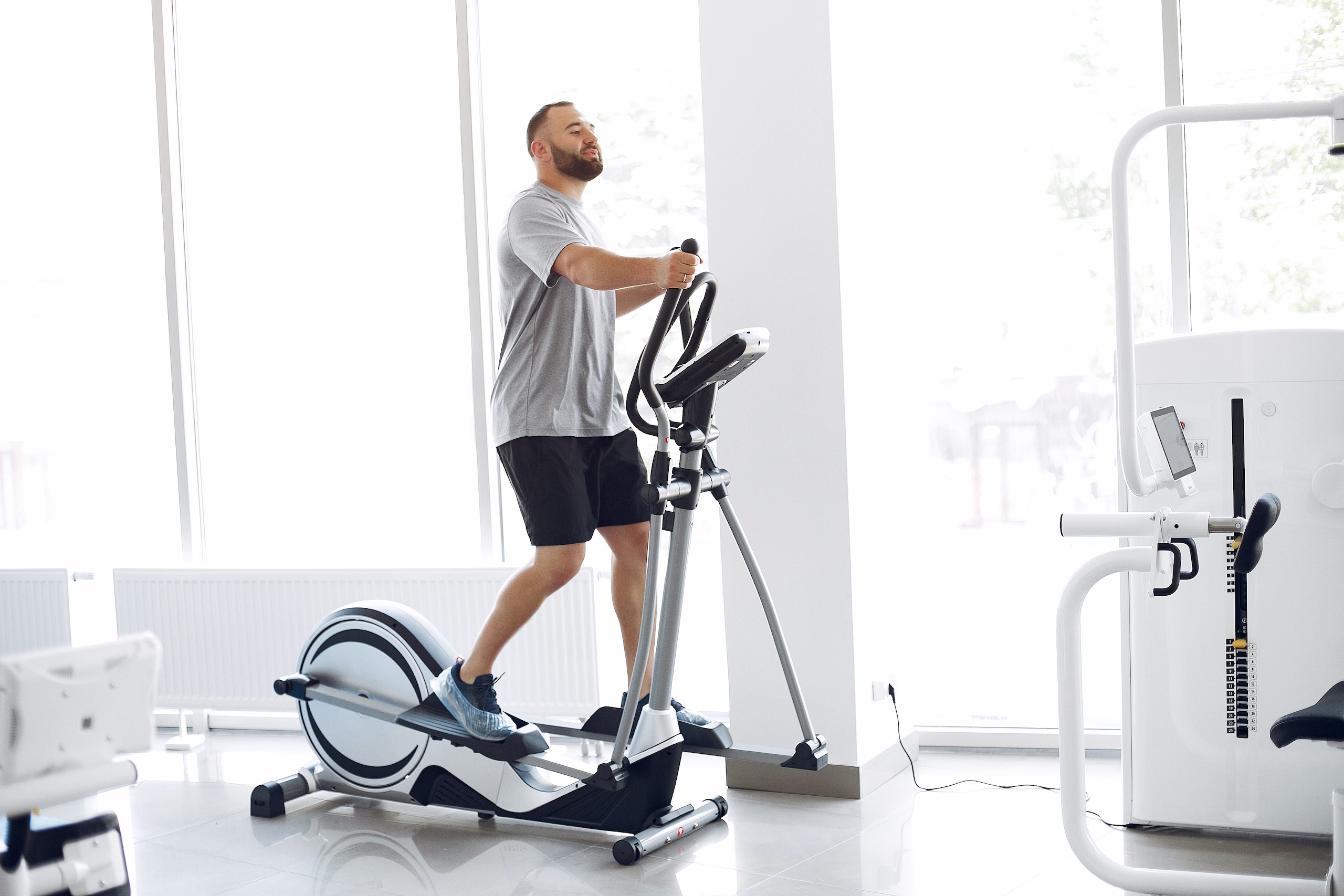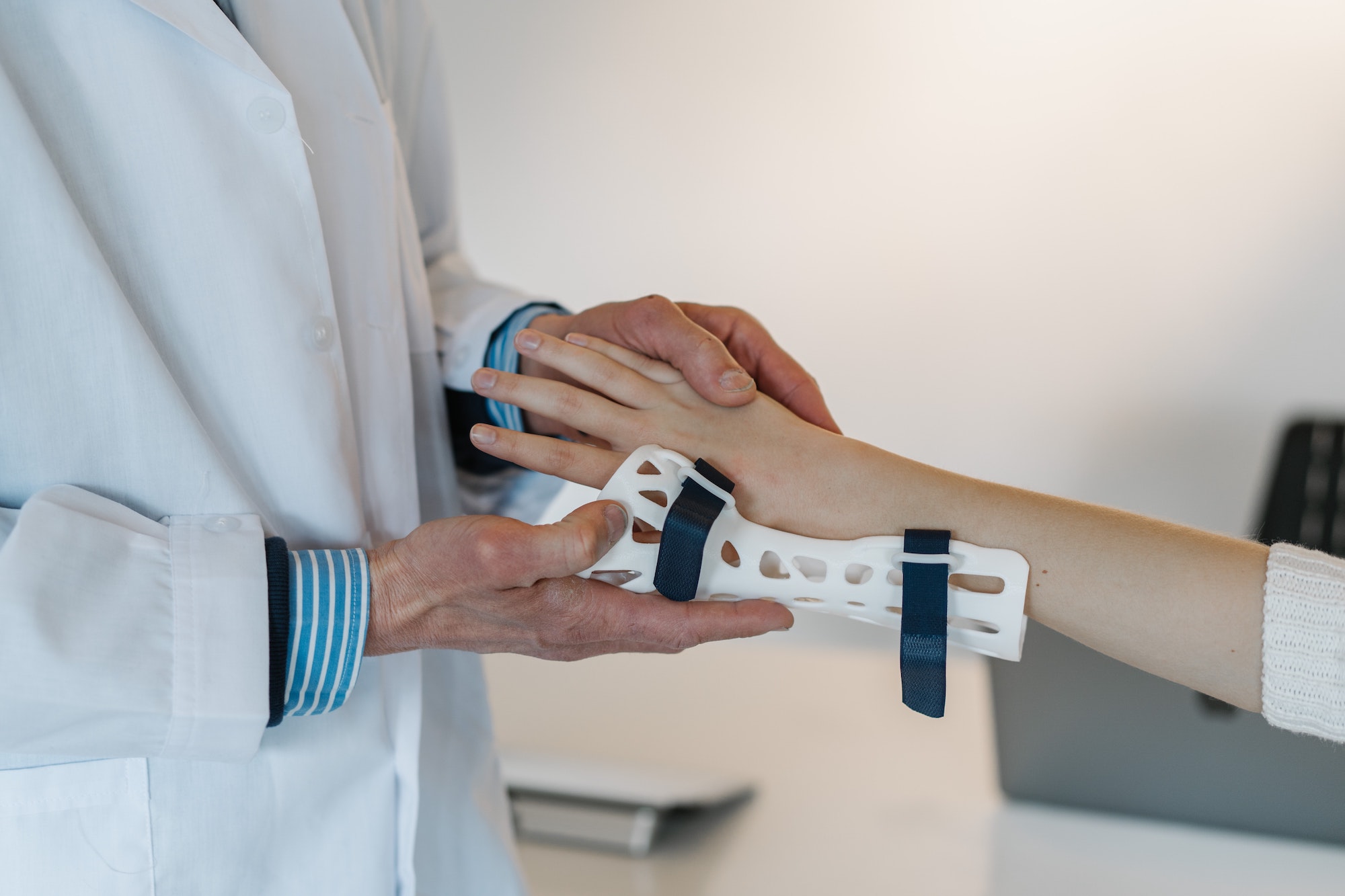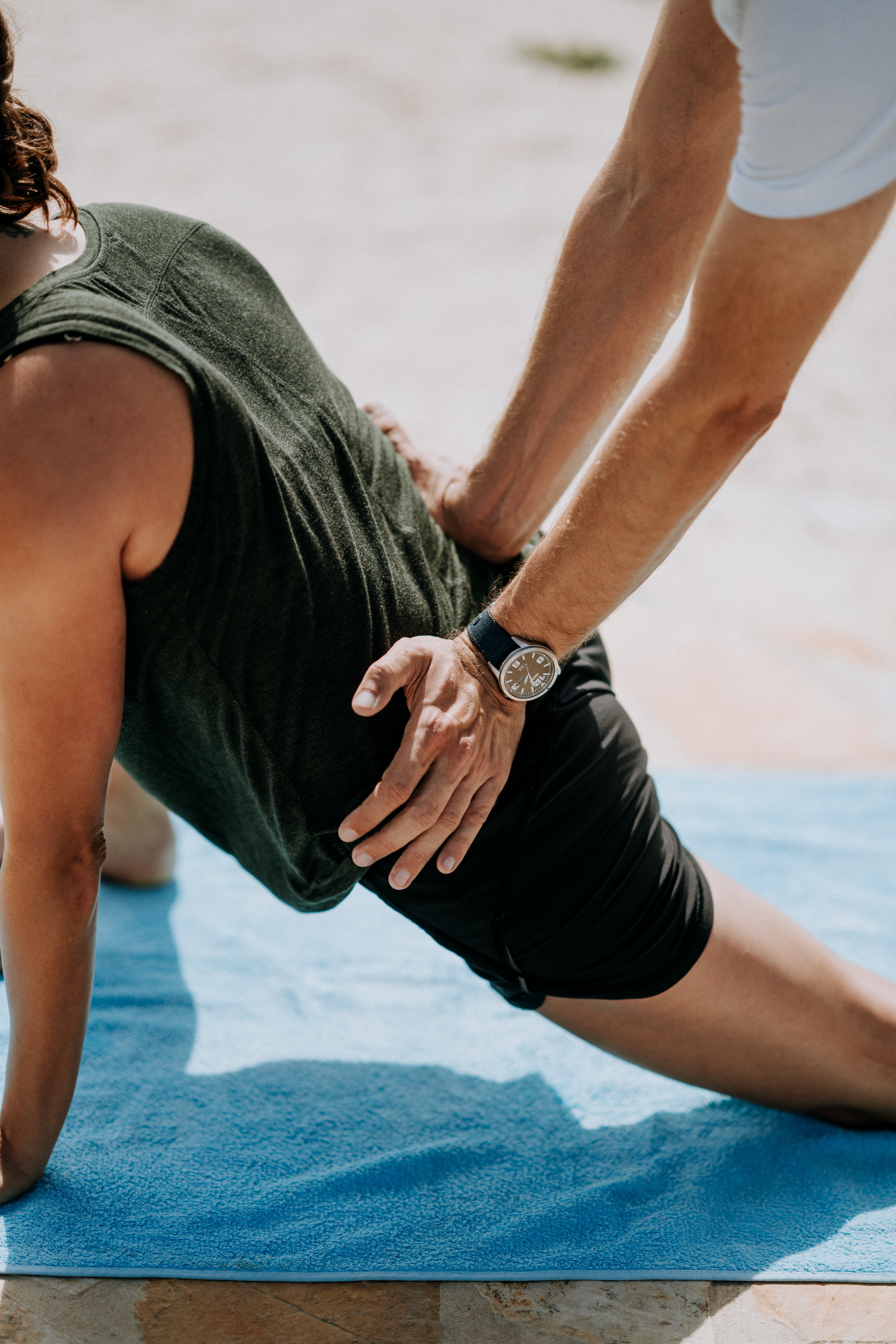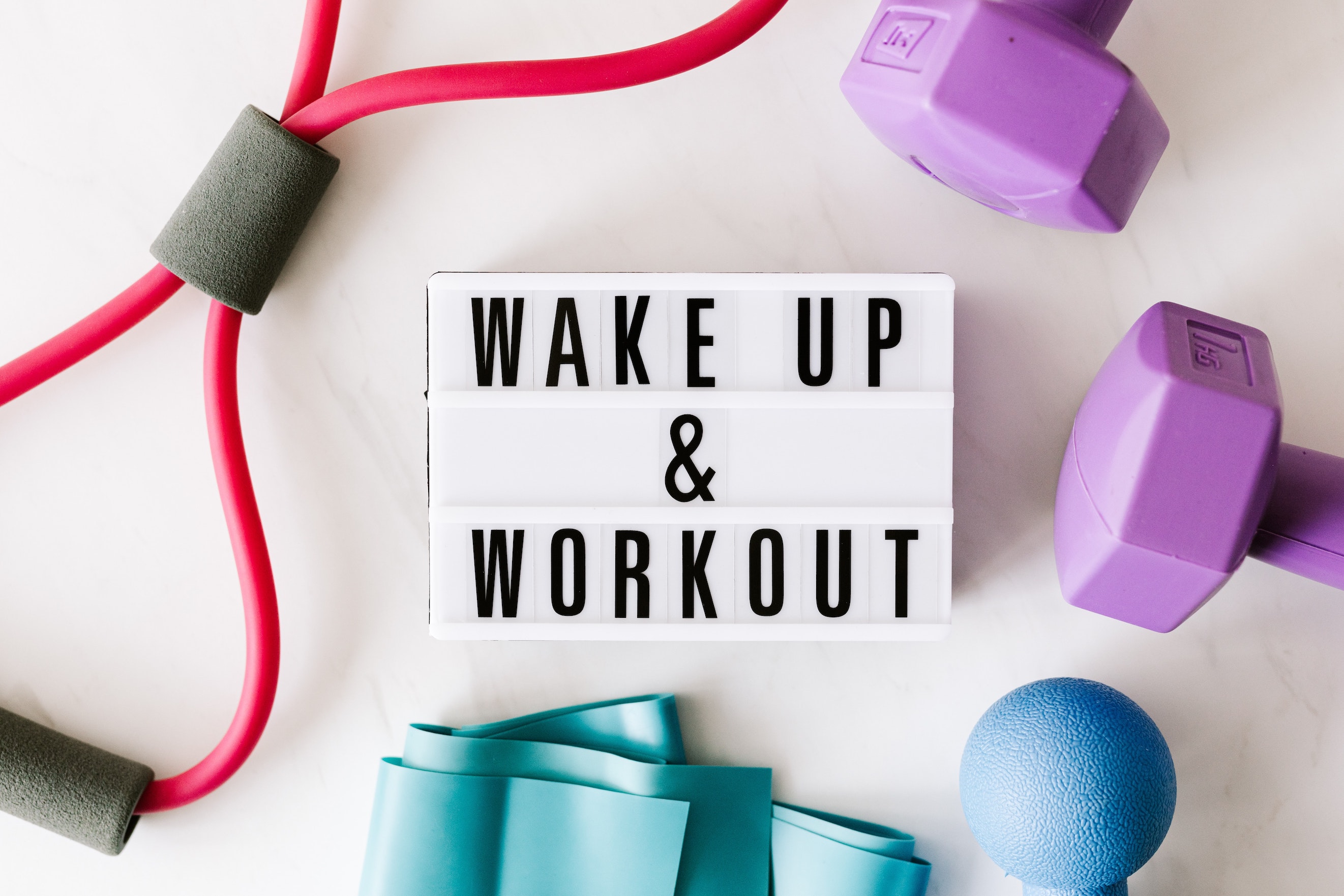
Patient Management refers to a system of care composed mainly of two things, the patient’s participation and the physician’s practice. The proper blend of these two makes a successful therapy for any pain or sickness. Its foundation lies on the relationship between the patient and the practice being established through time, and not just the illness itself. While it makes the physician’s practice systematic, Patient Management should also be regarded as more than just a storage of electronic health or medical records. It is also a tool that helps a physician ensure his patient’s safety and satisfaction are met throughout the therapy despite the fact that the former’s supervision is done remotely and digitally.
Learn how to simplify your practice workflow and free up more time for patients with Medesk.
Open the detailed description >>
Physician treats injured woman’s hand (image source: Unsplash)
Patient Management Software encourages, if not increases, the engagement of the patient in his own healthcare. That being said, he needs to focus on fitness and involve himself to certain physical activities that are beneficial and helpful in any therapy or patient management there is.
Medesk helps automate scheduling and record-keeping, allowing you to recreate an individual approach to each patient, providing them with maximum attention.
Learn more >>As a crucial aspect of holistic patient wellness, dietary considerations play an essential role alongside fitness and physical activity during rehabilitation. High-quality nutrition supports the body's healing processes and boosts immune function, which can be fortified through balanced meals. For a comprehensive approach to wellness, consider integrating licensed dietitian services along with physical activities. Such services help create personalized meal plans tailored to insurance-covered access, providing a crucial support system in tandem with exercises that aid rehabilitation. For individuals seeking convenient options without compromising on quality, organic meal kits like those offered by Green Chef can provide nourishing meal choices that align with therapeutic goals. These kits simplify meal preparation, ensuring healthier eating habits are maintained, especially vital during or after recovery when maintaining energy levels is critical. Patients may also benefit from adding fresh juices to their diet, and using a compact slow juicer can make it easy to prepare nutrient-rich drinks at home as part of daily recovery nutrition.
In addition to maintaining a balanced diet and regular physical activities, healthcare professionals can enhance their emergency response skills through online ACLS certification, ensuring they are well-equipped to handle critical situations effectively.
How are fitness and physical activities beneficial to therapies and patient management?
Paying attention to patient management offers a wide array of advantages for people in the medical field. It speeds up communications, including administrative tasks, thereby allowing physicians and hospitals to focus on direct patient care while doing it more effectively and efficiently than they did before. And since personal data from patients can be done in real time with the help of related systems or softwares, physicians are able to develop a program that is tailor-fitted to the changing needs of their patients. For instance, they can easily and smartly provide recommendations on the fitness and physical activities that their patients can do in order to achieve optimal results from their program. But why are these important by the way?

Assisted Low-Intensity Exercise (image source: Unsplash)
1. That “feel good” sensation
Physical activities are known to help prevent or ease unwanted emotions such as stress, depression, anxiety, and even anger. These are things that the patients most likely feel while in therapy and one way to keep them at bay is to exercise.
A lot of people under Patient Management notice that they feel better over time as personalized physical activities become a regular part of their lives, gradually increasing the amount and intensity as the patients go through the therapy. In fact, even when they are no longer under it, most, if not all, of them would still want to continue being physically fit. The physical activities that a person performs serve as a happy pill with no side effects making one feel better each time, and that “feel good” sensation has positive effects not only emotionally but also physically.
2. Function properly and painlessly
When you are in pain, say after an accident, your body slowly loses its strength and stamina as well as the ability to function properly and painlessly due to the lack of regular physical activity. People opt to stop moving thinking that it is the best thing to do until the body is able to recover, afraid that they might get hurt along the way. However, it is actually the exact opposite.
Discover more about the essential features of Medesk and claim your free access today!
Explore now >>For this reason, after thorough analysis of the medical data collected using the Pain Management software, the physicians recommend a set of daily routines that patients could do as part of their therapy in order to prevent muscle atrophy due to illness or injury. And by performing the exercise routines as prescribed by the physical therapist, the recovery of the patient tends to expedite which means you are helping your body to recover faster.
3. Be more active, live longer
Staying physically active even while under therapy can help you a lot. Aside from the two aforementioned benefits, focusing on fitness and physical activities help lower blood pressure and bad cholesterol levels that can be acquired by a person living a sedentary life. So if you have been sitting too much before you even got ill or injured, perhaps this is a wake up call for you to go back to an active and healthy lifestyle.

Choose to Work out (image source: Unsplash)
A lot of clinical studies show that sedentary activities such as watching TV for extended hours make one an instant candidate for cardiovascular diseases and other related ailments. This is the very reason why the American Heart Association recommends staying fit and physically active to both adults and kids. Also, oftentimes, these all lead to weight gain, bone loss, and other adverse effects to one’s health. So if you choose not to stay physically fit and active especially during a therapy, it will defeat the purpose of why you are in that kind of health protocol in the first place.
A little, a lot
A little goes a long way. Note that even moving a little already means a lot when it comes to your pursuit to fitness and health, especially under or after recovery. Everyone has to start somewhere, even if that means after sustaining an injury or overcoming an illness.
People who invest in physical fitness are able to feel, think, and sleep better as well as accomplish daily tasks more effectively. In fact, its advantages are so numerous that even injury and illness could not be taken as an excuse not to perform physical activities.
While in the state of recovery, your body still needs some heart-pumping activities to distribute the nutrients that the entire body needs to recover faster and do more after. Know that even a low-intensity activity that you insert in the entire duration of your therapy can do wonders in offsetting some of the health risks of being sedentary.

Wake up and Work out (image source: Pexels)
Even if you have been sedentary all your life, today is the day to correct that and begin to make an effort of making healthy changes in it. Here is more information on physical exercise and diet that you can apply on your recovery.
Text: Tyler Sellers, Total Shape


